by Mike –
Previously we have featured the Porsche 928, the Datsun 510 Sedan, the Jensen Interceptor and the Volvo 1800 series as examples of collector cars that can be had for less than $50,000 USD.
Today it is the Studebaker Avanti made in ’63 and ’64.
1963-1964 Studebaker Avanti
In a last ditch effort to save the company in 1961 new Studebaker president, Sherwood Egbert, wanted a sports car to excite new buyers. Studebaker made the Avanti between June 1962 and December 1963 and marketed it as “America’s Only 4 Passenger High-Performance Personal Car.”
Unfortunately, the fiberglass body caused production problems for Studebaker which resulted in delays and canceled orders. The Avanti is powered by a 289 cid V8 and was styled by Raymond Loewy, Tom Kellogg, Bob Andrews and John Ebstein.
The Avanti is considered an important milestone in American car design and offered combined safety (built-in roll bar, padded interior and door latches that became structural body members when closed) and high-speed performance. The supercharged version set 29 speed records at the Bonneville Salt Flats.
Following Studebaker’s demise five different owner arrangements continued producing the Avanti model for many years, a total of around 45 years.
Today we are considering only the original Studebaker models from 1963 and 1964 but I think the later Avanti models (some were named the Avanti II) made after 1964 are also interesting collectables.
The Studebaker Avanti is an outstanding example of American automotive styling.
Number made: approximately 6,000.
Hagerty Price Guide value for a condition 2 example: $29,300 for the 1963 & 1964 R1 model with 240 hp, $41,800 for the 1963 and 1964 R2 model (which is supercharged with 289 hp), and $91,000 for the 1964 335 hp version.
Sports Car Market Pocket Price Guide median price: $14,040 for the 1963 R1 model, $28,500 for the 1963 R2 model, $21,500 for the 1964 R1 and $32,000 for the 1964 R2.
There is an excellent article about the Avanti saga in the Spring 2017 edition of Hagerty Magazine.
Let us know what you think in the Comments.

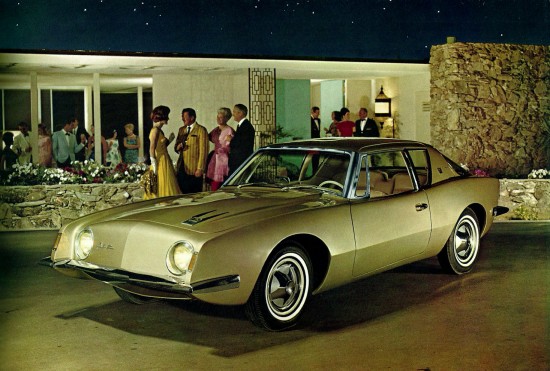
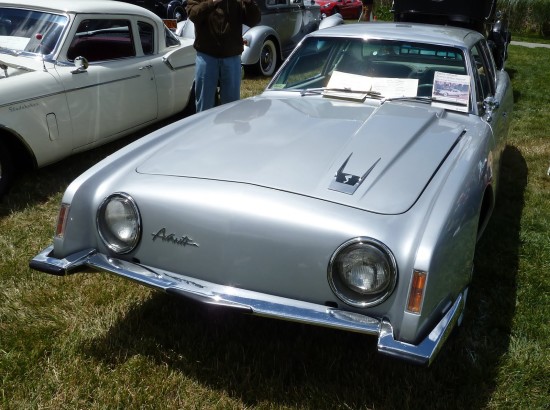

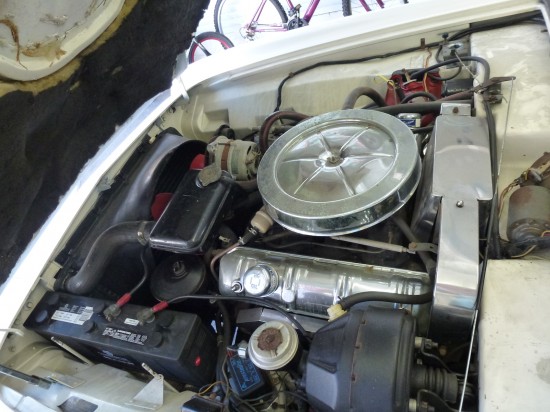
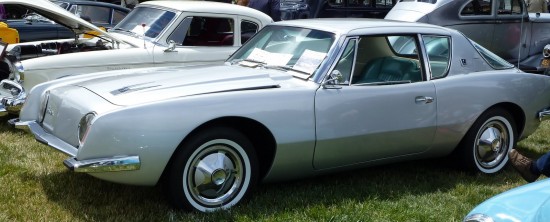
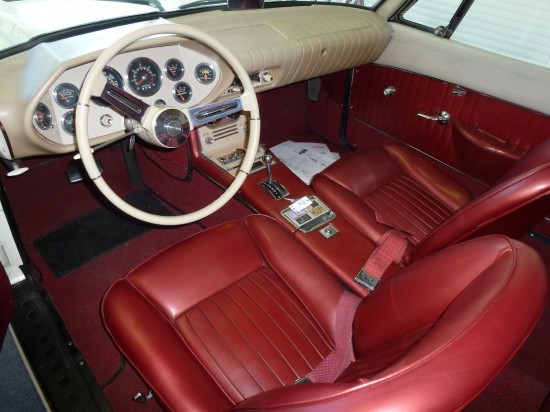
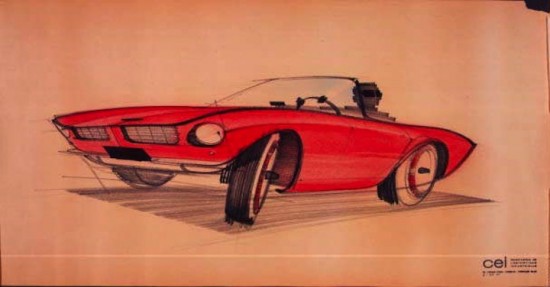
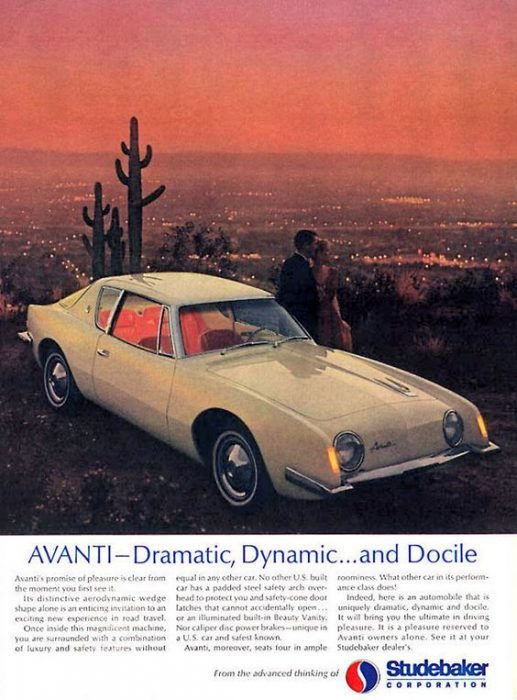
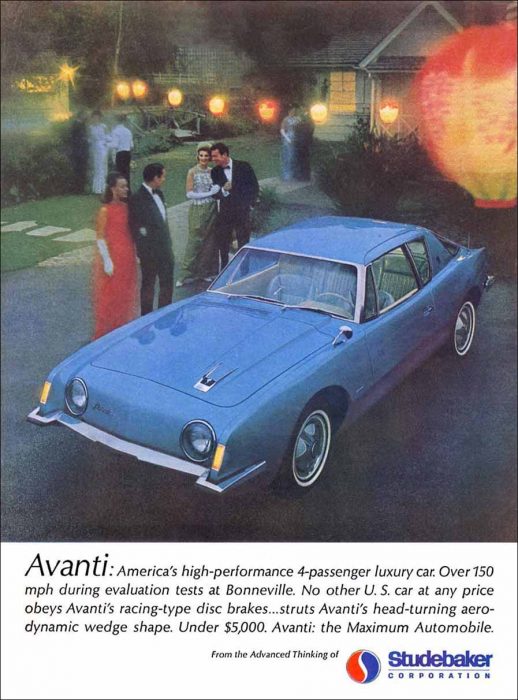
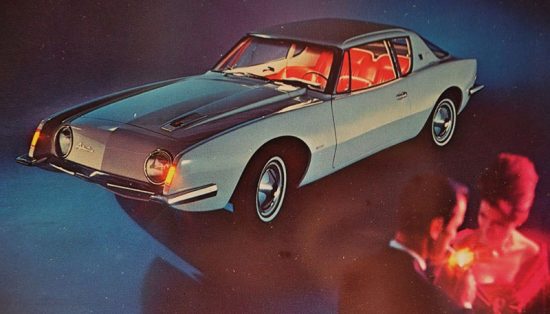
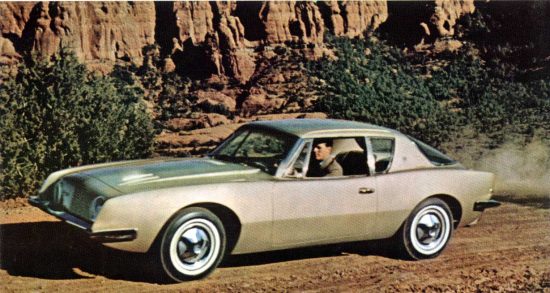
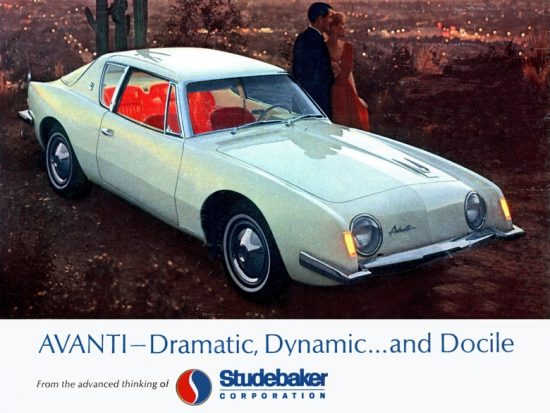
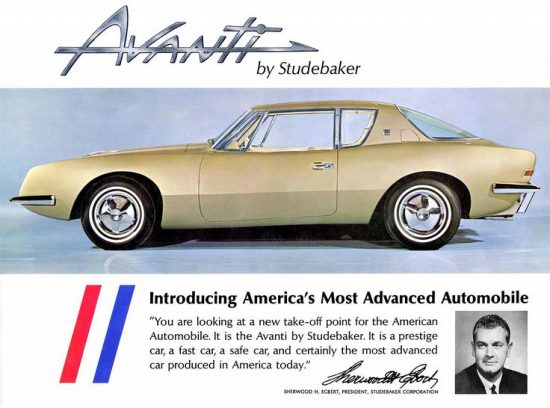
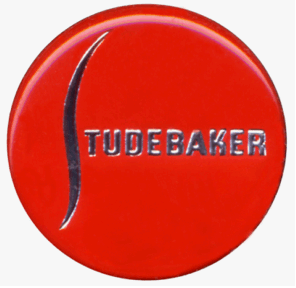


Have been wondering why the Avanti has been left behind myself–do you know what portion were automatics–
where were the transmissions from? Thought that the Supercharged version would be good for a high altitude
rally in South America–unfortunately took my 65 Mustang.
I went to the Studebaker Avanti registry, and I was unable to ascertain how many automatics and manuals were made. However, all the transmissions were made by Borg-Warner. There was the standard 3-speed manual, and the supercharged Avanti came standard with the 4-speed manual. The automatic was a 3-speed. Hope this helps you a little bit.
Glenn,
Thank you for this information.
Too many were automatic. About 79 percent.
The cars had only 289 cubes and weighed 3700 lbs
so they needed a slippery torque converter. That
made for a soggy launch. The optional Paxton
Centrifugal blower didn’t do anything for that. An
Isky quarter race cam grind with 4 degee retard
made launch even poorer. Engines did make an
amazing sonorous hum of power though.
Avantis were solidly constructed on 440 lb.
convertible X Member frames but the Alfa Romeo
seat copies were Fiberglas rocking chairs. Without
AC they were sweatboxes but you had to forego a
Paxton to have factory air.
Ride was firm but Firestone bias 15 inch tires on
skinny 5 inch rims gave little grip. The sixty percent
nose heavy percentage was no worse than a Mustang
but with zero caster and and zero caster kingpins the
cars were typical American barges in cornering. Only
the front disc brakes (Jaguar rears) were outstanding.